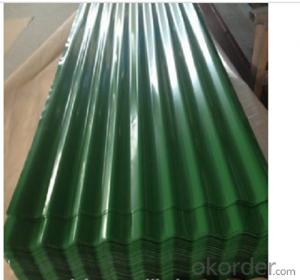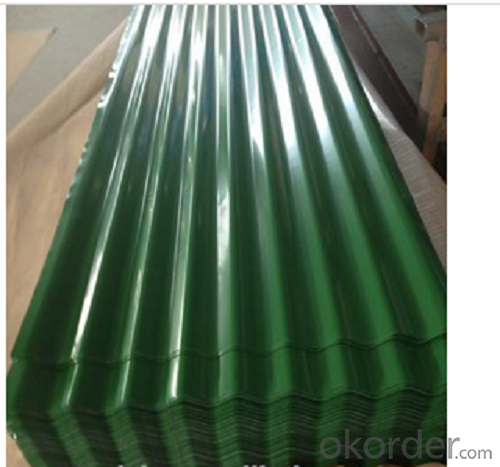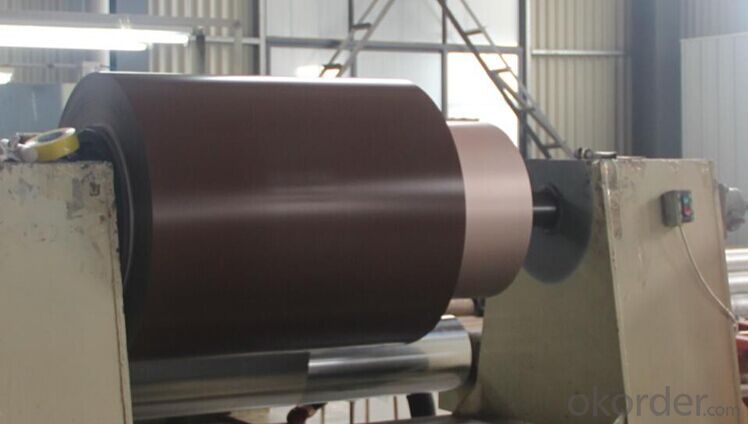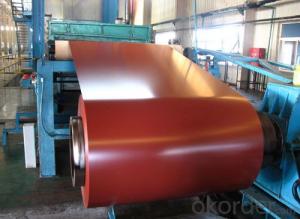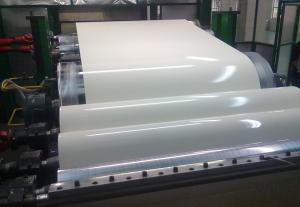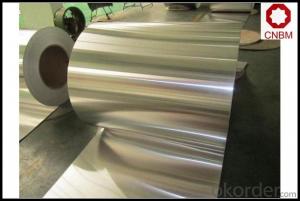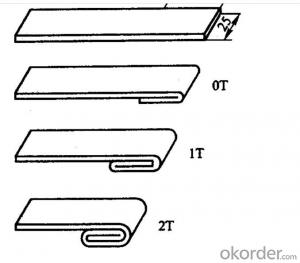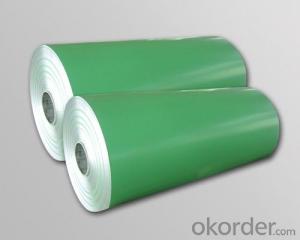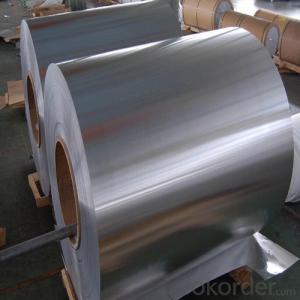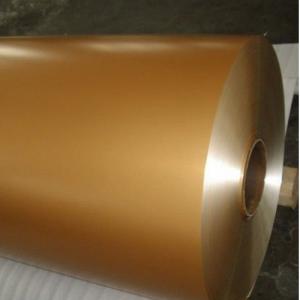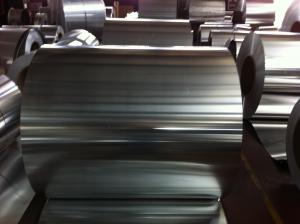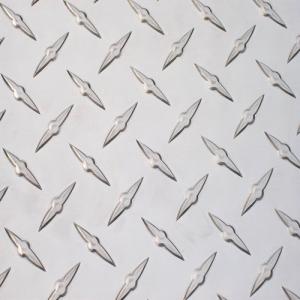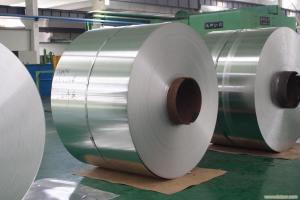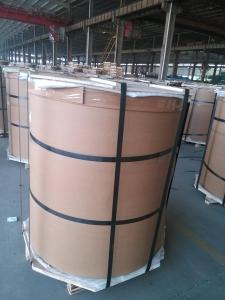Copper Aluminum Coils Lennox Aluminum Sheet for Roofing and Cladding System
- Loading Port:
- China main port
- Payment Terms:
- TT OR LC
- Min Order Qty:
- 10 m.t
- Supply Capability:
- 1000 m.t/month
OKorder Service Pledge
OKorder Financial Service
You Might Also Like
Specification
The Specification of Coated Aluminium Sheel:
Commodity | 1050 Aluminum Sheet / Plate |
Material | 1050,1060,1100,2A16(LY16),2A06(LY6),3003,3004,5052,5005,5083, 6061,7075,8011 |
Finish (Surface) | Hairline Finish,Mirror Finish,Oxidation Finish,PS Finish,Embossed Finish |
Thickness | 0.15mm~200mm |
Width | 10mm~2500mm |
Length | 2000mm~2500mm |
Aluminum Sheet can apply to Lighting,solar reflective film,building
appearance,interior decorating:Ceilings,walls, furniture,cabinets,elevators, signs,
nameplates,bags,automotive interior and exterior decoration Upholstery:Photo
Frame;household appliances:refrigerators,microwave ovens,audio equipment,etc.
aerospace and military aspects, such as China's large aircraft manufacturing,the
Shenzhou spacecraft series,satellite.the mechanical parts processing,mold
making,chemical/thermal insulation pipes coated.
The Main Features of Aluminium Coated Sheet:
1.High temperature resistant
2.Weathering resistance
3.Scrubbing resistant
4.Sound insulation
The Images of Aluminium Coated Coil:

FAQ:
Q: Can you provide free samples?
A: Yes, free samples will be sent to you on freight at destination.
Q: Can I get your latest catalogue?
A: Yes, it will be sent to you in no time.
Q: What is the MOQ?
A: 5 tons
Q: What are your payment terms?
A: We accept L/C,T/T, West Union,etc.
- Q: I bought some drain opener as a source of sodium hydroxide and it has little silvery balls in it which I believe are aluminium. How can I separate the two substances with minimal loss of the sodium hydroxide? I don't care about the aluminium.
- Trust me. Its not worth salvaging the hydroxide. Aluminum hydroxide is unbelievably stable and that means you probably won't be able to salvage the hydroxide without doing electrolysis or something difficult like that. That's like trying to obtain hydroxide from methanol CH3OH. Oh yea you can make methanol quite easily from a halomethane by reacting it with a hydroxide of some kind. But you will not be able to remove that hydroxide at all without neutralizing it with an acid. Hydroxides are bloody awful leaving groups. That oxygen is really glued on to that carbon well. You have to really destabilize that methanol to remove that hydroxide. Same with the aluminum hydroxide. Very stable and strong bond.
- Q: What is the typical coefficient of friction for aluminum coils?
- The typical coefficient of friction for aluminum coils can vary depending on various factors such as the surface conditions, lubrication, and the specific type of aluminum alloy used. However, in general, the coefficient of friction for aluminum coils is relatively low compared to other materials. It typically falls within the range of 0.1 to 0.4.
- Q: What is the typical tensile strength of aluminum coils?
- The typical tensile strength of aluminum coils can vary depending on the specific grade and temper of the aluminum being used. Generally, aluminum coils have a tensile strength ranging from 30,000 to 75,000 pounds per square inch (psi). However, it is important to note that this range can be narrower or wider depending on the intended application and the specific alloy being used. Additionally, factors such as the thickness and width of the coil may also impact the tensile strength.
- Q: Are aluminum coils suitable for electrical transformers?
- Electrical transformers can indeed utilize aluminum coils. Aluminum, being a lightweight and cost-effective material, presents numerous advantages when it comes to transformer construction. Its electrical conductivity is outstanding, comparable to that of copper, which ensures efficient power transfer. Moreover, aluminum coils exhibit lower resistance than their copper counterparts, thereby reducing power losses and enhancing energy efficiency. The utilization of aluminum coils also aids in weight reduction, resulting in easier handling and transportation. Nonetheless, due to their marginally lower conductivity, aluminum coils necessitate larger cross-sections compared to copper coils. Consequently, transformers employing aluminum coils may exhibit a slightly larger size. Nevertheless, overall, aluminum coils serve as a viable and extensively employed substitute for copper coils in electrical transformers, offering cost savings, high conductivity, and improved energy efficiency.
- Q: Are there any specific maintenance requirements for aluminum coils?
- Yes, aluminum coils require regular maintenance to ensure optimal performance and longevity. Some specific maintenance requirements for aluminum coils include cleaning them regularly with a mild detergent and water solution, removing any debris or dirt that may accumulate on the coils, inspecting for any signs of corrosion or damage, and ensuring proper airflow around the coils by keeping the surrounding area clear. Additionally, it is important to schedule professional maintenance and tune-ups to check for refrigerant leaks or any other issues that may affect the performance of the aluminum coils.
- Q: How are aluminum coils formed into different shapes and profiles?
- Aluminum coils are formed into different shapes and profiles through a process known as metal forming. This involves applying force to the coil to change its shape and contour. There are several methods used for shaping aluminum coils, including rolling, bending, extrusion, and stamping. Rolling is the most common method used to shape aluminum coils. It involves passing the coil through a series of rollers that apply pressure to the metal, gradually changing its shape. This process can be done hot or cold, depending on the desired outcome. Hot rolling is typically used for thicker coils, while cold rolling is suitable for thinner ones. Bending is another method used to shape aluminum coils, especially when creating curved or angled profiles. This can be done manually or using specialized bending machines. By applying force, the coil is bent to the desired shape, creating curves or angles as needed. Bending is commonly used in applications such as HVAC systems, automotive components, and construction. Extrusion is a process where the aluminum coil is pushed through a die to create a specific cross-sectional shape. The coil is heated and forced through the die, which determines the final shape of the extrusion. This method is often used for creating complex profiles with consistent dimensions, such as window frames, door frames, and structural components. Stamping is a technique used to create precise shapes and patterns on the surface of aluminum coils. It involves pressing the coil against a die with the desired design, causing the metal to deform and take on the shape of the die. Stamping is commonly used for decorative purposes, such as creating patterns, logos, or text on aluminum sheets. Overall, aluminum coils can be formed into different shapes and profiles through a variety of metal forming methods such as rolling, bending, extrusion, and stamping. These processes allow for the customization and versatility of aluminum in various industries and applications.
- Q: Are there any limitations on the bending or forming of aluminum coils?
- Yes, there are some limitations on the bending or forming of aluminum coils. Aluminum is a relatively soft and malleable metal, making it easier to bend and form compared to other materials. However, excessive bending or forming can cause the aluminum to crack or rupture, especially if it is done at sharp angles or with insufficient lubrication. Additionally, the thickness and temper of the aluminum coil can also affect its ability to be bent or formed. Therefore, it is important to consider these factors and adhere to recommended bending and forming guidelines to avoid any limitations or damage to the aluminum coils.
- Q: Can aluminum coils be used in heat sinks?
- Yes, aluminum coils can be used in heat sinks. Aluminum is a popular choice for heat sinks due to its excellent thermal conductivity. Heat sinks are designed to dissipate heat from electronic components and other devices to prevent overheating. The use of aluminum coils in heat sinks allows for increased surface area, which enhances heat dissipation. The coils can be shaped and arranged in various configurations to optimize cooling efficiency. Additionally, aluminum is lightweight, corrosion-resistant, and cost-effective, making it a practical choice for heat sink applications.
- Q: Which is more unhealthy the bleached parchment paper or the aluminum from the pan?
- Parchment paper is siliconized and the aluminum is stabalized. Based on that choice you're not any more or less safer with either or both.
- Q: This question asks for criteria or methods to determine if a used aluminum coil is safe for reuse.
- <p>To determine if a used aluminum coil is safe to use, consider the following: Check for any visible signs of damage such as cracks, dents, or corrosion. Ensure the coil has been properly cleaned and sanitized to remove any residues or contaminants. Verify that the coil has not exceeded its recommended lifespan or usage limits. Consult the manufacturer's guidelines for any specific safety checks or maintenance requirements. If in doubt, it's best to consult with a professional or replace the coil to avoid potential safety hazards.</p>
Send your message to us
Copper Aluminum Coils Lennox Aluminum Sheet for Roofing and Cladding System
- Loading Port:
- China main port
- Payment Terms:
- TT OR LC
- Min Order Qty:
- 10 m.t
- Supply Capability:
- 1000 m.t/month
OKorder Service Pledge
OKorder Financial Service
Similar products
Hot products
Hot Searches
Related keywords
